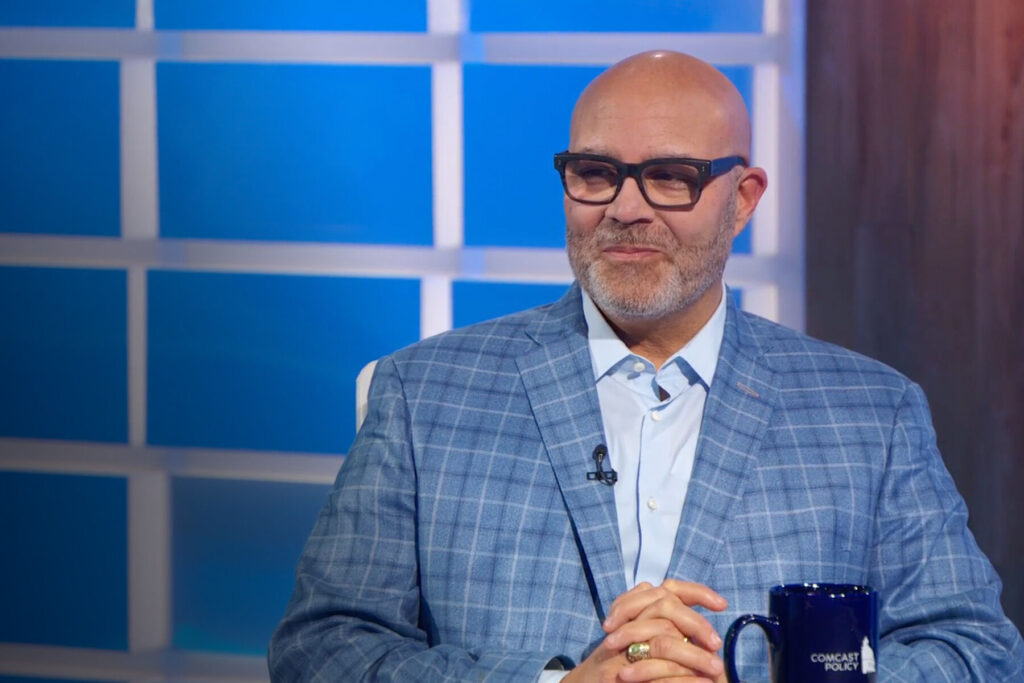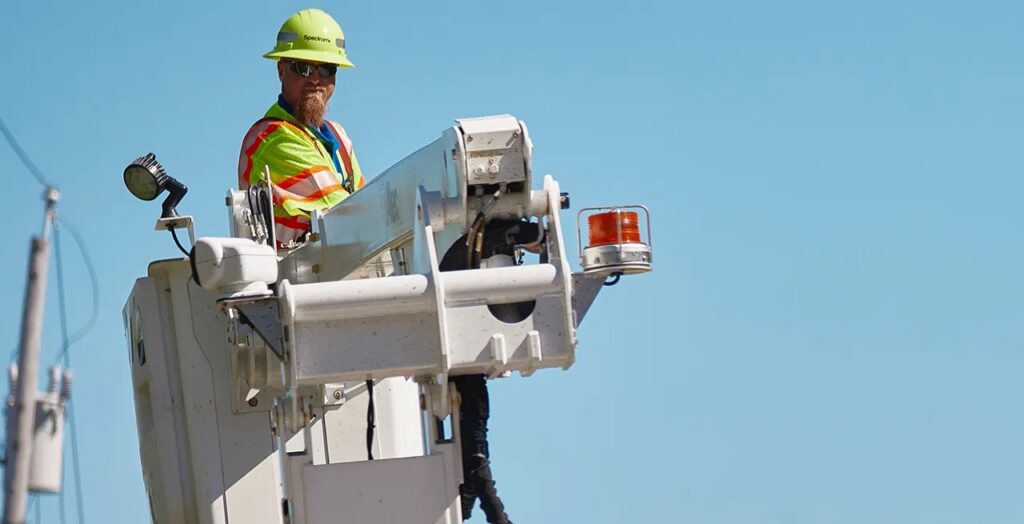As today’s digital society demands next-generation technologies, seamless connectivity and immersive applications, the demand for new wireless spectrum – the resource that makes these experiences possible – remains critically important.
Setting the Stage: At a U.S. House hearing on Friday that will explore how America can maintain its spectrum leadership, NCTA will urge policymakers to strive for a smart spectrum sharing approach – including opening up more unlicensed spectrum – to foster tremendous technological growth, innovation, and healthy competition.
How Spectrum Impacts America’s Connected Future
When you think of the connectivity services that Americans rely on – Wi-Fi, phone calls, smart homes, mobile payment solutions, and more – spectrum is the key ingredient that makes these work. Spectrum is also used in private networks to power industrial automation, artificial intelligence, and predictive maintenance in warehouse, ports, factories, airports, and office buildings in both rural and urban areas – ultimately supporting supply chain efficiency.
Cable providers use a combination of exclusive-licensed, shared-licenses, and unlicensed spectrum to expand the reach of their broadband networks and provide millions of consumers with seamless connectivity at home or on the go.
- Cable providers operate wireless networks with millions of secure Wi-Fi hotspots.
- Comcast, Charter, and Cox offer mobile wireless services that are surging in growth.
- Smaller providers like Midco use fixed wireless solutions to connect far-flung homes where traditional network buildouts have proven too costly.
To meet America’s growing appetite for these services, and to enable all competitors – especially small, rural, or non-traditional wireless providers – to continue innovating and competing, policymakers must find new ways to make spectrum available.
What Success Looks Like
A successful spectrum approach requires support for both licensed and unlicensed and a balance between the needs of American consumers and the federal government.
Shared-Licensing – A model to follow: A great example of a shared-spectrum model can be found in the FCC’s Commercial Broadband Radio Service (“CBRS”) spectrum band between 3.55-3.7 GHz, which is in use throughout the country by schools, cities, healthcare providers, the military, sports stadiums, and more.
The CBRS model checks all the boxes:
- Meeting growing consumer and business demand.
- Fostering innovation, driving down costs, and increasing competition in the wireless marketplace.
- Protecting critically important government activities.
What about Wi-Fi: The most used connectivity technology in history may be Wi-Fi, which is powered by unlicensed spectrum. But there’s more:
- Unlicensed spectrum technologies contribute nearly $1 trillion dollars to the U.S. economy annually according to the Wi-Fi Alliance.
- More than 80% of data traffic consumed on mobile phones travels over Wi-Fi, and an increasing majority of all global internet traffic.
Another great model is the FCC’s recent decision to make spectrum in the 6 GHz band available for unlicensed sharing without displacing incumbents. And the 7 GHz band is the next critical opportunity that will keep pace with the ever-growing demand for unlicensed spectrum by enabling Wi-Fi 7 – the next generation Wi-Fi that will support broader channels of spectrum to enable greater capacity and multi-gigabit speeds.
The Bottom Line: The future of America’s wireless leadership depends on a robust “all of the above” spectrum policy approach that will recognize the incredible consumer, economic, and commercial benefits that result from a framework that includes both shared licensed and unlicensed spectrum.
Striking the right balance is essential to more innovation and competition while meeting the ever-evolving needs of America’s consumers and businesses.









